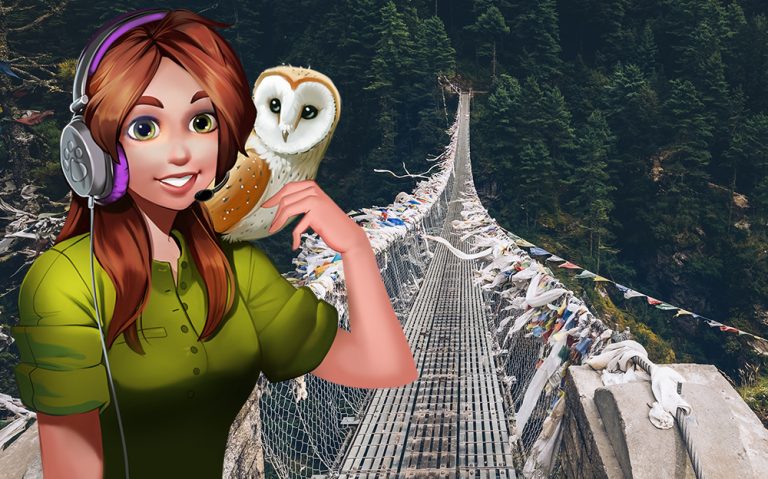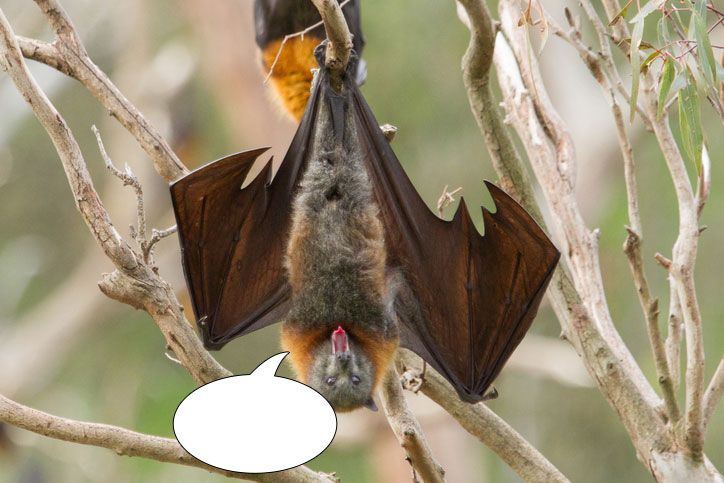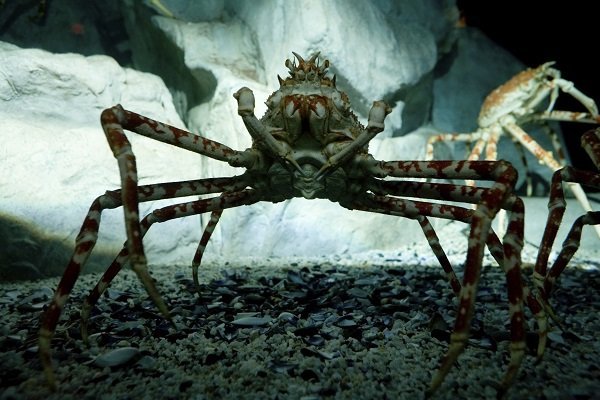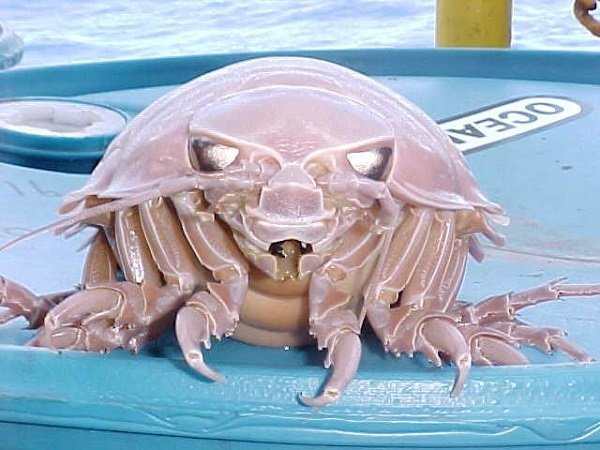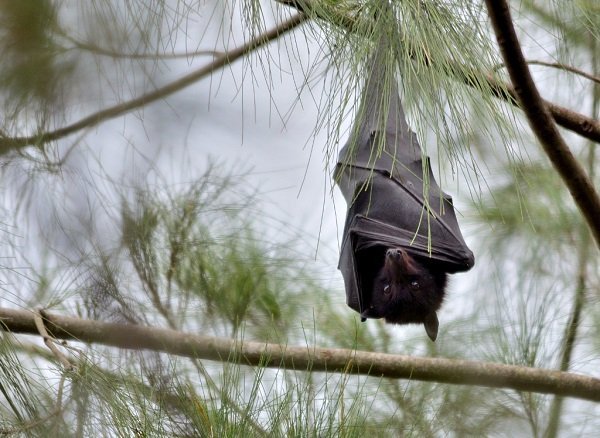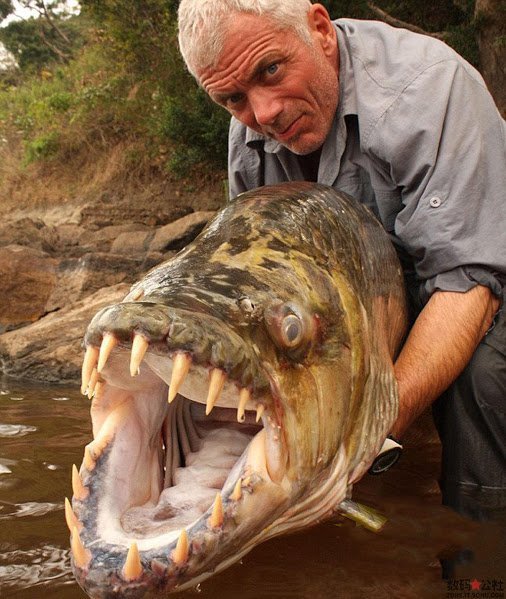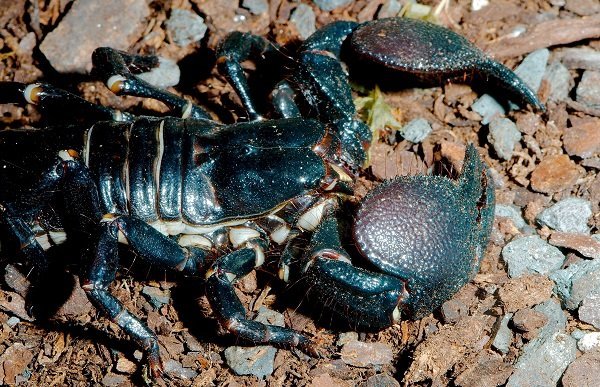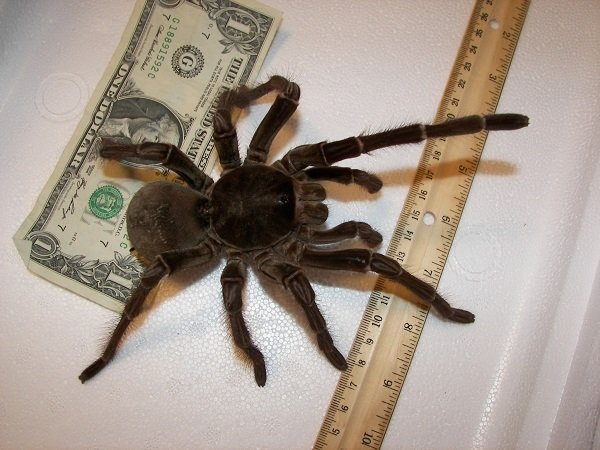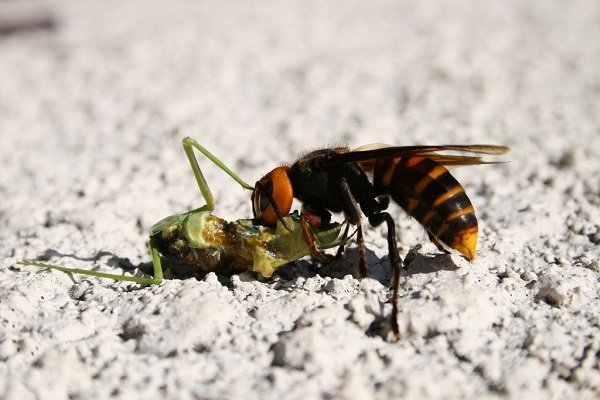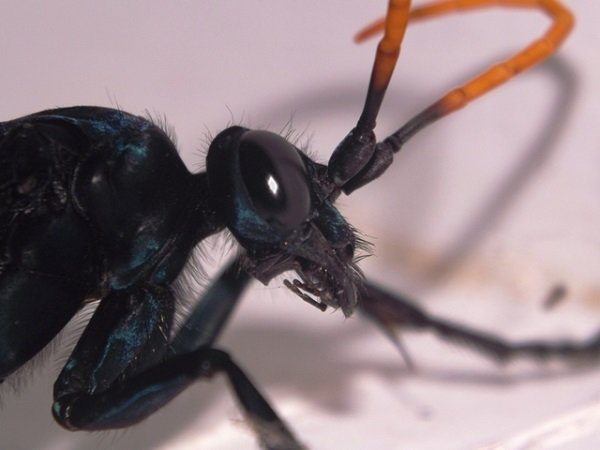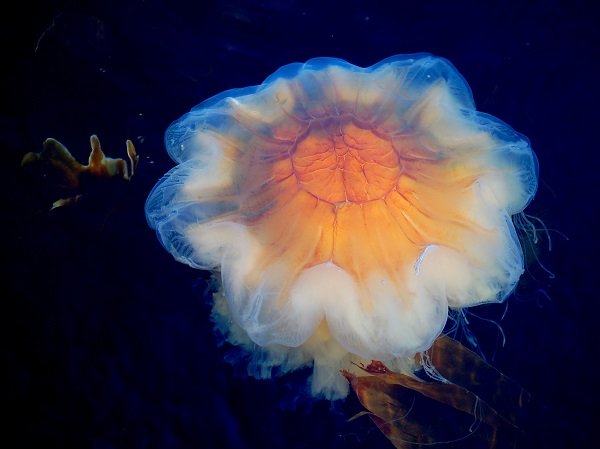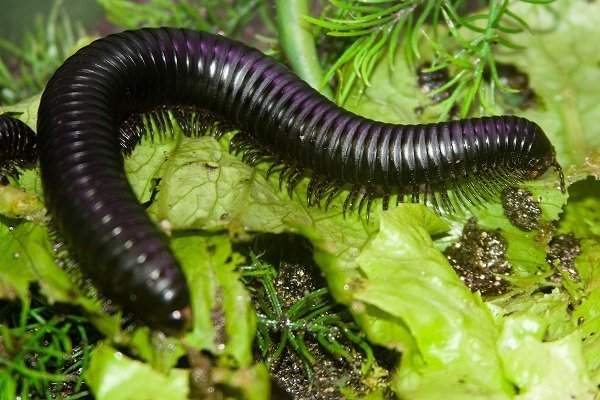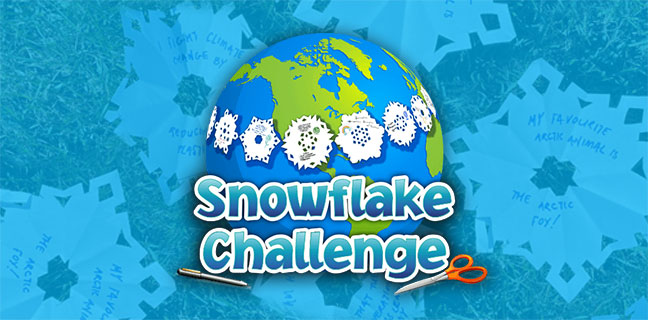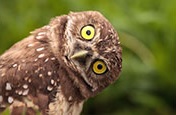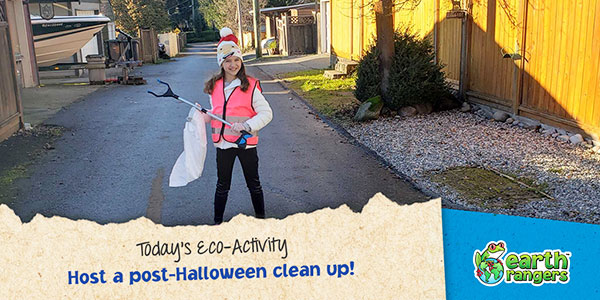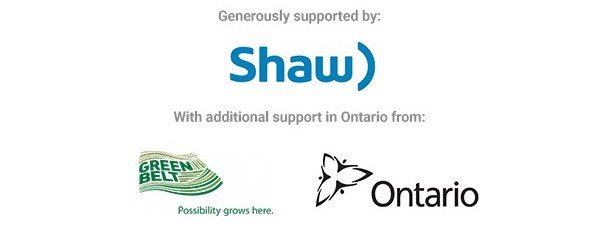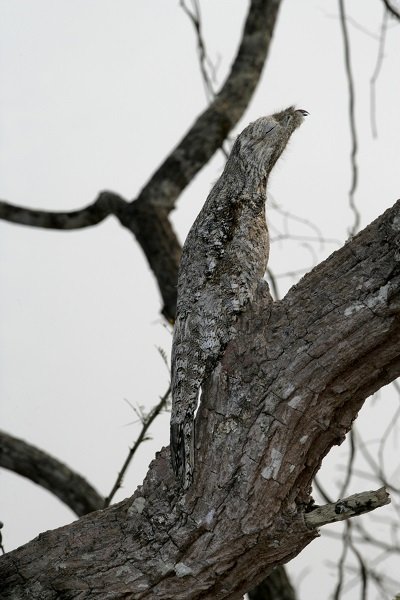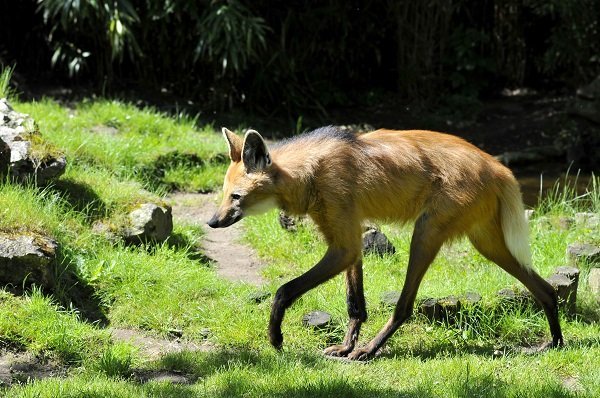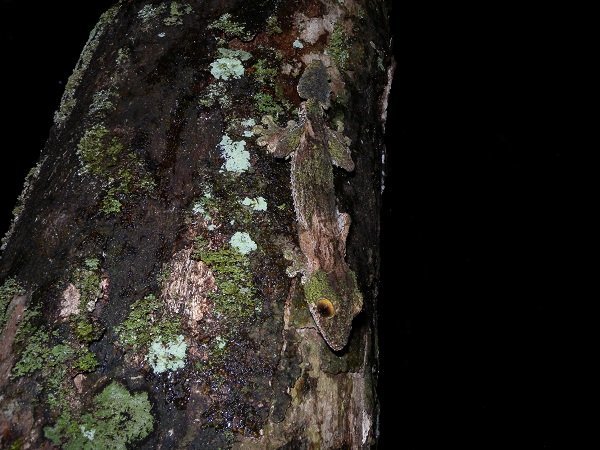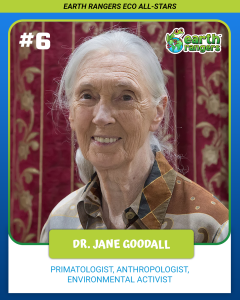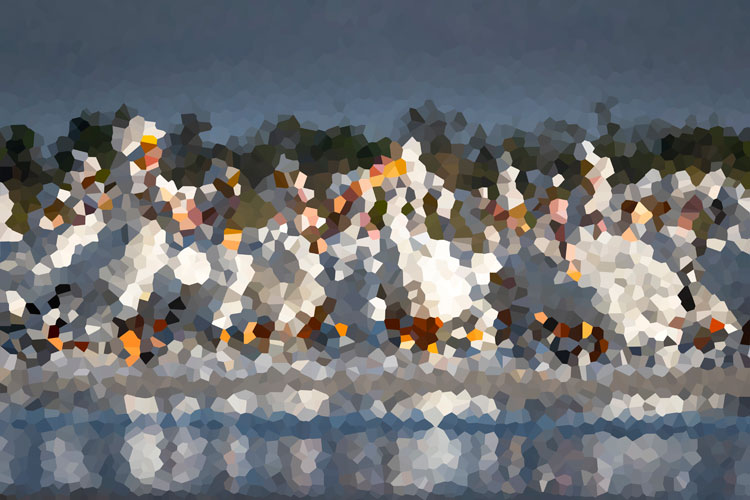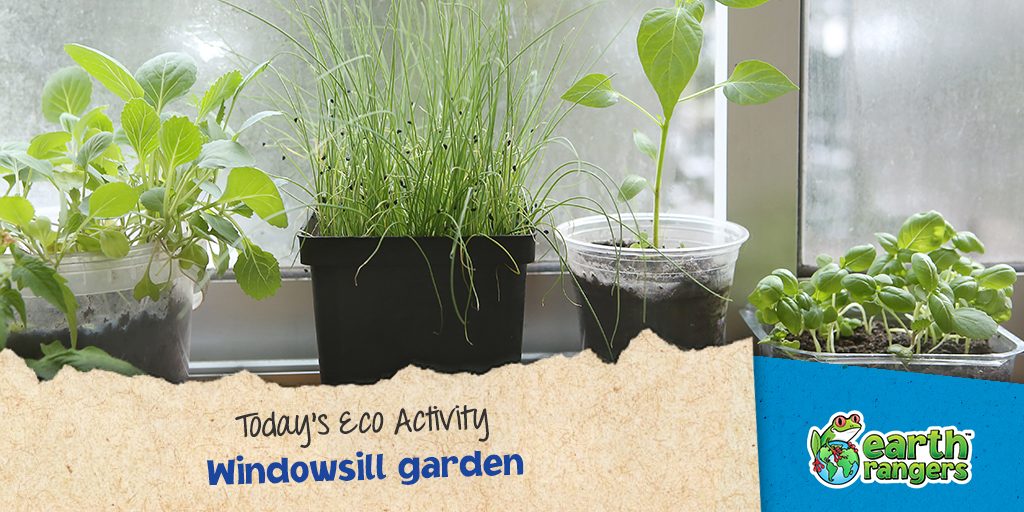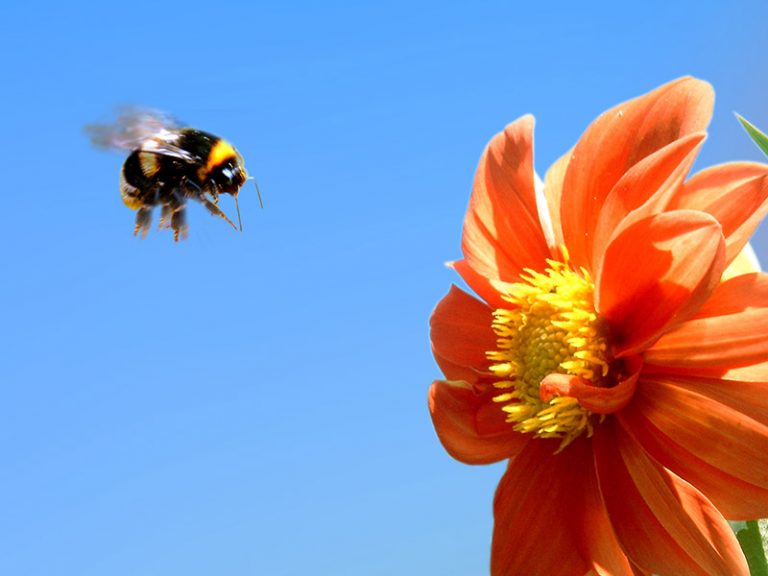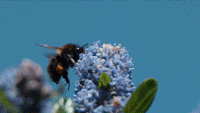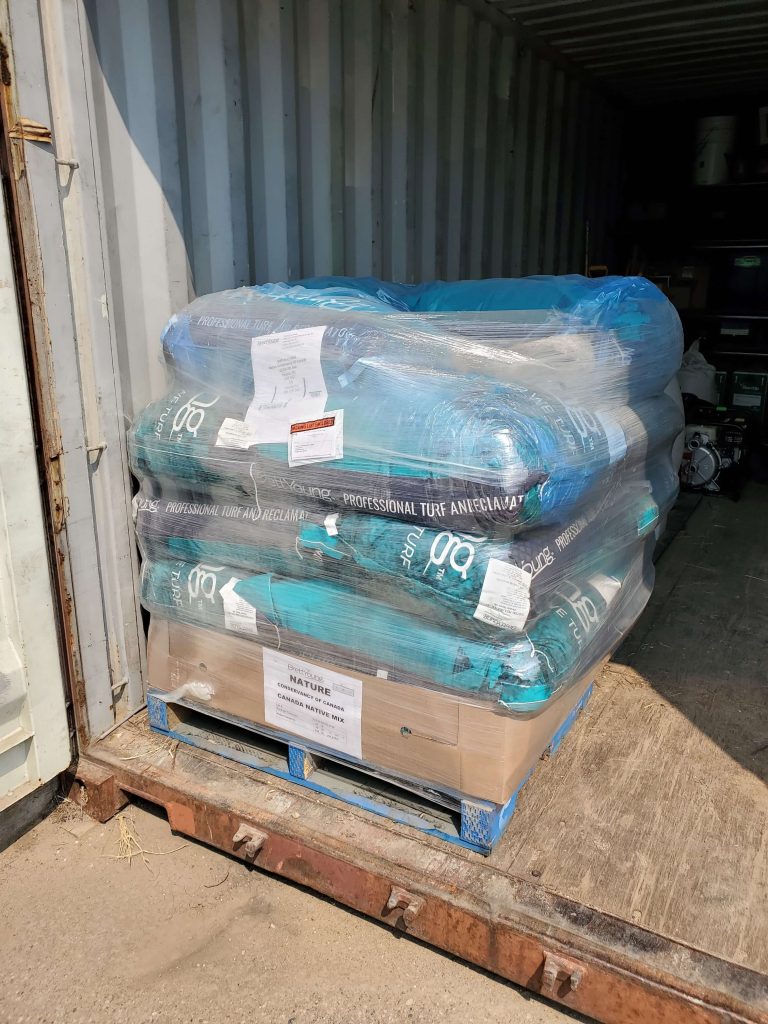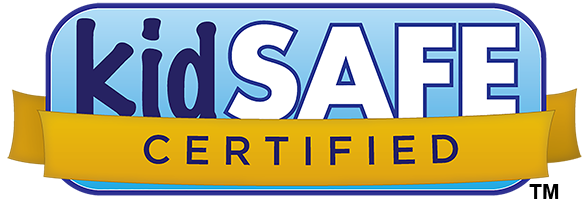After a long hike through the Himalayan Mountains Emma still has a ways to go before she reaches her destination. Dealing with high altitude and difficult terrain, Emma decides to call junior wildlife reporter Aliza who lives in snow leopard conservation area in Pakistan. After talking to Aliza, Emma begins reading the secret journal of missing conservationist Adelia Goodwin and discovers that she was looking for an elusive creature high up in the Himalayas. Will Emma be able to follow her footsteps and find what she was looking for?
Click the play button on the player below to listen to today’s episode!
Take a look at this page from Adelia’s Secret Journal!
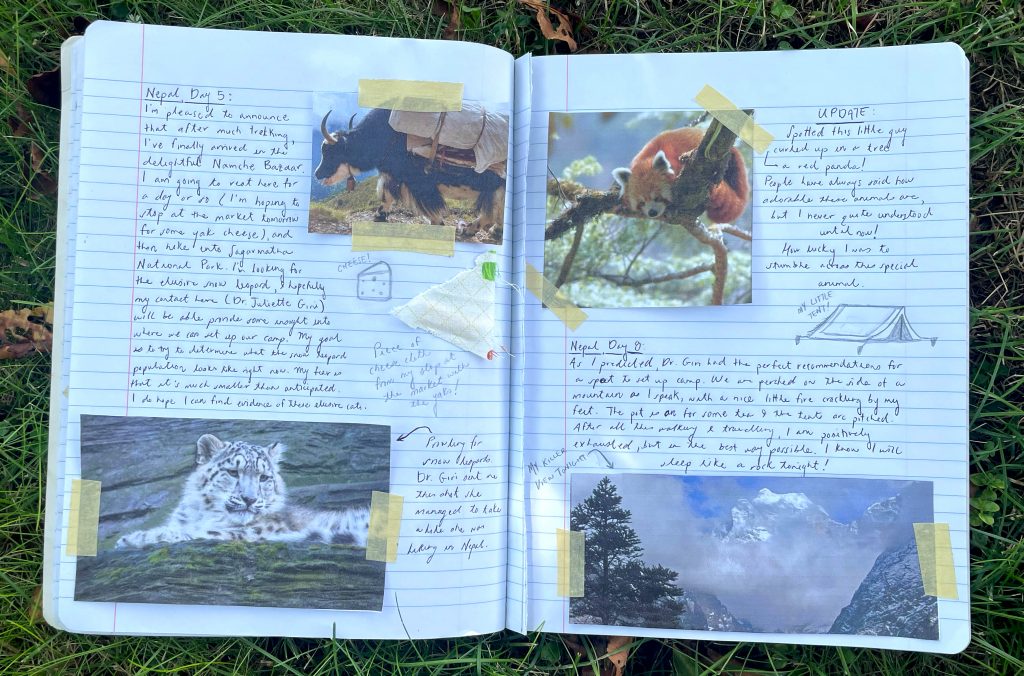
Check out these photos from junior wildlife reporter Aliza!

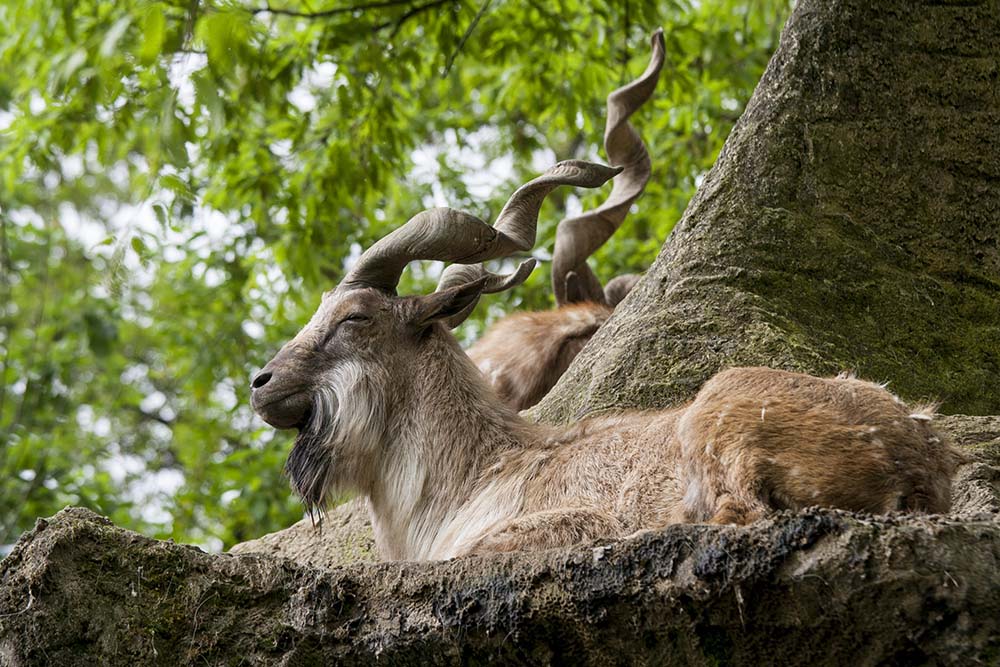
Stay tuned for more episodes to find out what happens next!
Emma may just have embarked on an epic quest, but our junior wildlife reporters contest is still going on!
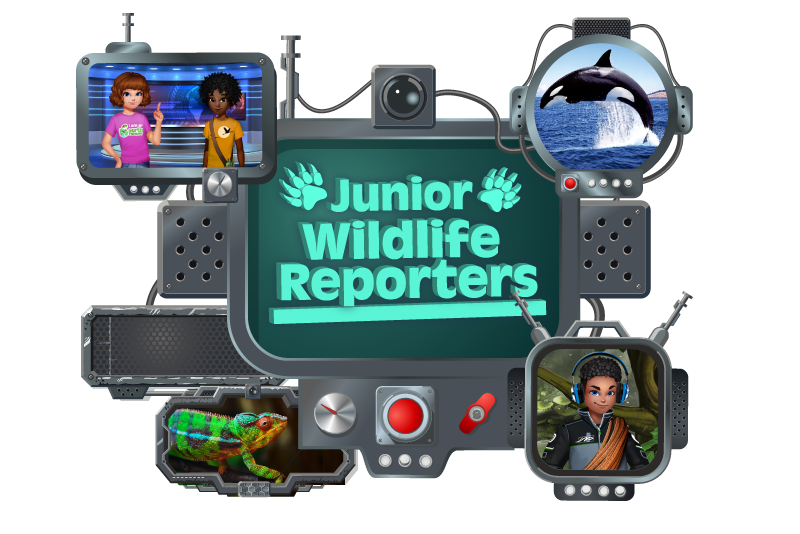
If you’ve ever wanted to be a podcast correspondent, here is your chance. You can create your very own animal report! It could be about your all-time favourite animal, with some cool wacky facts that nobody knows about them! Or it can be about some rare animals that most people would never have even heard about. Or cool conservation projects that happen in your neighbourhood. You can even make your own quizzes, riddles and games. It is 100% your segment, but we will help you out a bit by adding cool sound effects! Ready? Click on the ‘Leave us a message’ button below!
Who did Emma bump into in the café?
Will Emma make it to Sagarmatha National Park?
What will happen next on Emma’s adventure?
Share your thoughts in the comments below!
Music in the Sherpa Barista Bakery by Khijee2 Sunuwar music track


